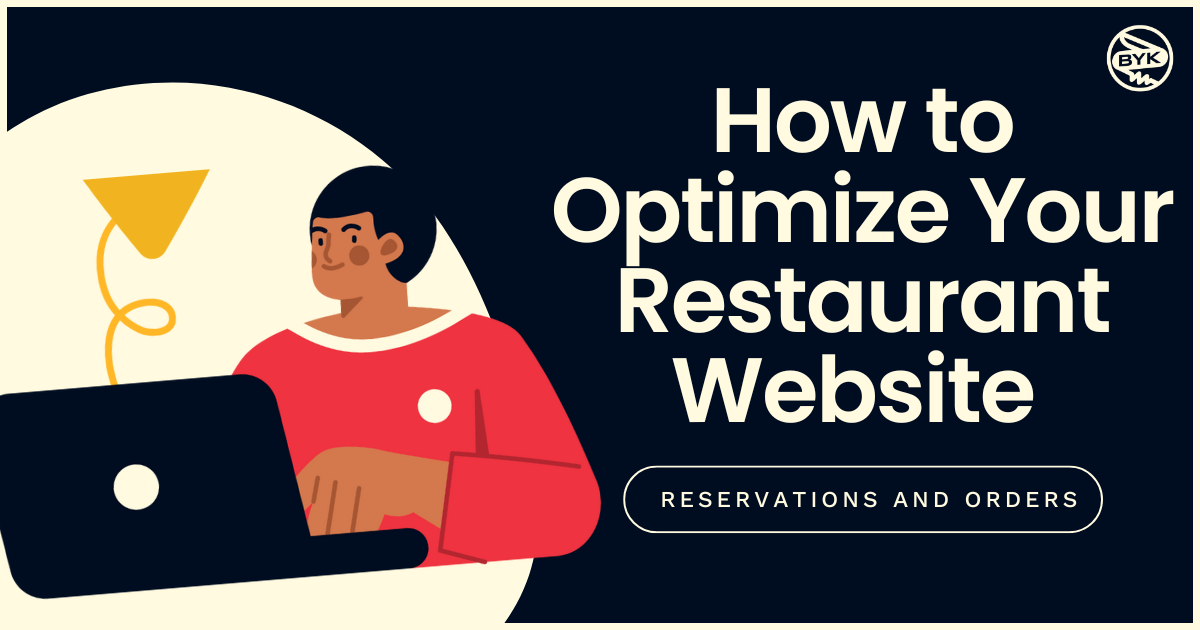Your marketing budget is a very important key to your restaurant’s success. It will help guide your marketing, keep you accountable, and ensure you’re optimizing your hospitality marketing in a way that works best for your brand. Know you need to set a restaurant marketing budget but not quite sure how to begin? Here’s some insights to help you out.
What is a Restaurant Marketing Budget?
As an important piece of your restaurant marketing plan, the budget dictates how and when you’re able to conduct marketing campaigns. It lays out the money you have available for marketing, and how that money is going to be allocated and spent.
The best restaurant marketing budgets get very detailed, laying out exact campaign dates and dollar amounts to be spent on each type of marketing. For instance, not only should your budget indicate that you will be spending $1000 each month on Facebook ads. It should indicate what ad campaigns you will be running, how long each will last, and what portion of that $1000 budget will be spent on each ad.
Why a Restaurant Marketing Budget is Important
One of the best restaurant marketing tips anyone can offer is to lay out a clear and detailed marketing budget. Having a set budget in mind and sticking to it will keep you accountable and make sure you’re not overspending on marketing.
Perhaps even more importantly, it is a way to track exactly where your marketing money is being spent. That way you can look back at your budget and the results of each campaign and very clearly see what channels are working best, and which channels are struggling. A marketing budget is a great tool for your restaurant to use to optimize your marketing mix.
A restaurant marketing budget also compiles all your spending information in one place. You won’t have to sift through the data provided by each individual platform to remember how much budget you spent. It is a handy and convenient tool for hospitality marketing in a number of ways.
Items to Include in a Restaurant Marketing Budget
We’ve described restaurant marketing budgets and why they matter. But let’s dive deeper into the nuts and bolts now. What actual items should be included in a marketing budget?
To start, you should begin with financial information about your business, particularly how much money you have available to spend on marketing. Once you’ve set that overall budget, it’s time to move on to allocating the budget.
At this point, you’ll want to include all the various marketing channels and expenses you’re going to incur. List out each channel and the campaigns to be run on each in as much detail as possible. Allocate the marketing budget you set across the various platforms you’ll be using to run marketing campaigns. Some examples of channels you may use to market your restaurant: Facebook Ads, TikTok Ads, Google Ads, Yelp Ads, email marketing, SMS, influencer marketing, radio or TV commercials, podcast appearances, and in-person events.
Also be sure to include any additional marketing expenses that can sometimes get overlooked. For instance, maybe you are paying a photographer to capture high-quality content to use in your digital ads. Maybe you pay a monthly fee to a digital marketing agency to manage your ad campaigns. Maybe you pay for platforms that support your email marketing or help you schedule social posts. These additional marketing expenses are often forgotten, but can add up and push you over your budget.




